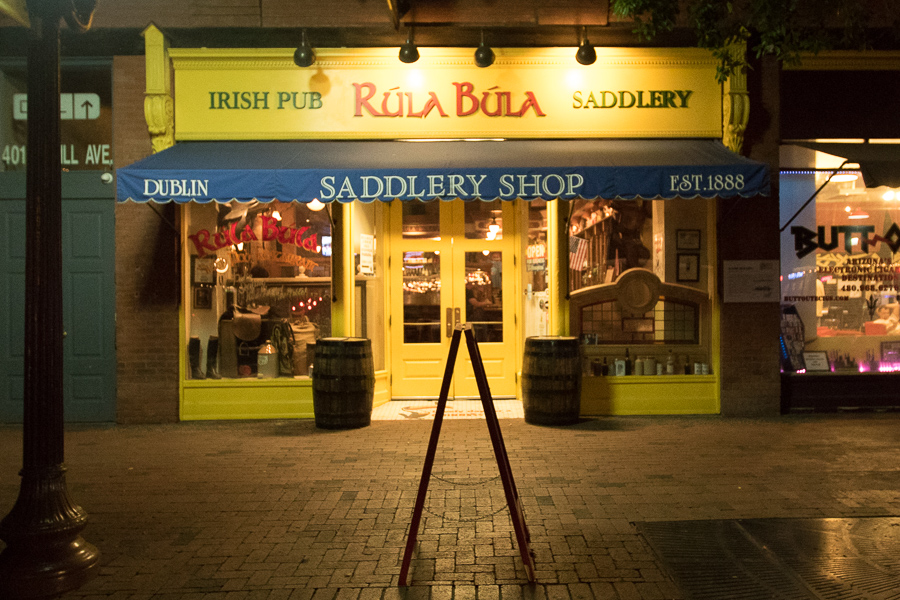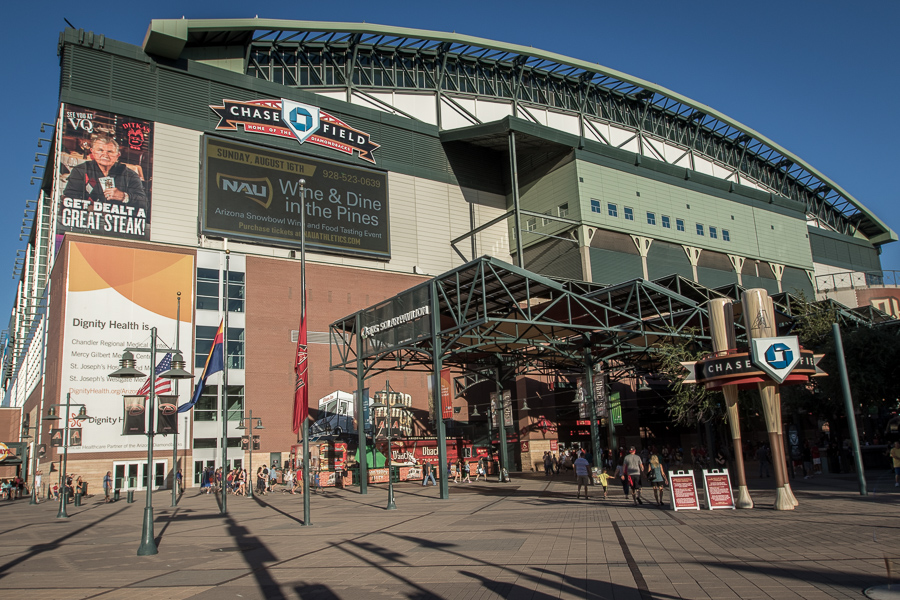Traveling to San Francisco and London as often as I do underscores to me how crappy some things are in Chicago. Take our ridiculous transit fare systems. Metra, the heavy-rail system, still uses little paper tickets, while Ventra only works on CTA buses and trains. I want one card that would let me tap in and tap out of any public transit service in the city.
Citylab says this may be coming soon, at least to some cities:
Unified mobile ticketing means riders no longer need to worry about having the right change for the bus, or having time to buy a train ticket at the station after hitting a major traffic jam. And there’s seamless transitioning between modes of transit. But the digitization creates a lot of savings for the transit agencies themselves.
Then there’s the data. When transit operators have a massive live stream of data on how many people are buying tickets, where they are, where they’re headed, it allows for much more responsive management. They can tweak bus routes based on how the customers actually buy bus tickets and ride. Granted, this approach can’t truly transform American cities until everyone has access to the critical technology.
Given the speed of technological change in Chicago, we can probably expect this in the mid-2040s.
The ink on the Iranian nuclear deal isn't dry yet, but already American and European companies are starting to benefit:
Iran plans to buy as many as 90 planes per year from Boeing and Airbus to revamp its antiquated fleet once Western sanctions are lifted, its state news agency IRNA quoted a senior aviation official as saying on Sunday.
"Iran will buy a total of 80-90 planes per year from the two aviation giants in the first phase of renovating its air fleet," said Mohammad Khodakarami, the caretaker director of Iran's Civil Aviation Organization, according to IRNA.
"We will purchase planes from Boeing and Airbus in equal numbers," Khodakarami was quoted as saying, adding that Iran would initially need to add at least 80 planes to its fleet each year. That would mean a total of 300 planes within five years, he added.
So over the next five years, the U.S. and Europe will get a small ($2 billion) bump in GDP. And Iran will have flyable civilian airplanes again, but no atomic bombs. Everyone wins!
After two of the remaining four diagonal runways at O'Hare close later this month, the airport is planning to experiment with alternate landing runways to reduce noise:
The city has developed a concept to rotate the designated "fly quiet'' runways at night to abate noise. Instead of planes flying over the same air corridors night after night, the rotation of runways — on possibly a weekly basis — would move the worst noise impacts from one community to another, aviation officials said.
The experiment would start, pending FAA approval, after diagonal runway 32 Right closes Aug. 20, officials said. Diagonal runway 32 Left, which is scheduled to close in 2019, would be among the runways used in the rotation during the interim, officials said, adding that numerous runway combinations might be applicable to help spread out the noise.
Only one arrival runway and one departure runway are needed nightly, officials said.
Even when only east-west runways are used late at night, air-traffic controllers will be asked to direct pilots to make turns when they reach the appropriate altitude after takeoff so that noise isn't restricted to communities east and west of O'Hare, officials said.
Runways 32R and 22L are hardly ever used anymore, so the closure won't really change current operations at O'Hare. But the opening of 28L at the south end of the airport will give visitors to Chicago an extra 15 minutes of taxi time, just like 27R provides.
At least it will be a little quieter in some of the adjacent suburbs. Sometimes.
Just some of the news stories I haven't got time to read this morning:
I will now continue doing tasks from two jobs ago while I think about things I'd like to do for my current job.
While in Phoenix, I took an unscheduled side-trip to Rúla Búla in Tempe:

The bar features prominently in Kevin Hearne's Iron Druid series, which one of my oldest surviving friends turned me on to about a year ago. In the series, the protagonist frequents the bar, including at one point to buy a shot for Jesus. (Yes, that Jesus, in one of the funniest scenes in the novels.)
Since I was only 18 km away, I just had to make a field trip. I did not, alas, have the fabled fish and chips, so I'll never know if they're better than the Duke's.
Why would anyone go to Arizona in July? A geas. On Friday I visited Park #26:

The trip also gave me a chance to take my 7D Mark II for a spin. Sitting 18 rows behind the Diamondbacks' dugout, I was able to get photos like this, no problem:

Let's take a closer look, yes? This is at ISO-3200, 1/500 at f/5.6, from about 100 meters away:

Cool, right?
More photos of the game and of my field trip to Tempe later.
Stuff I found on the Interwebs this week:
That's all for now.
During the first half of 2015, I took four trips, slightly fewer than the 22 I took in the second half of 2014. As of today I have four scheduled in the next three months—still not a huge number by historical standards.
This coming weekend I'm restarting the 30-Park Geas. Then from mid-August to mid-September I've got trips planned to downstate Illinois, London, and San Francisco, the last one to attend the Dreamforce conference.
It's still murder on my EQM numbers. It will hurt in 2016 if I can't somehow fly about 11,000 miles farther than I have planned through the end of 2015. Once you've gotten platinum status, you never want to go back.
The Atlantic's CityLab blog has a host:
Train stations in America span all the styles of architecture this nation has to offer. There’s the the gorgeous Italianate train station in Jackson, Michigan. The Amtrak station in Raton, New Mexico, is a beautiful example of Mission Revival. Even the humble lil’ train station in Mineola, Texas, has got some flair. Whatever you might think about Orlando’s train station, it no doubt looks historic.
The stations I want to talk about are not those train stations. These are not the Art Deco transit hubs that look like vintage monuments to the future, or the Spanish Colonial stations that summon visions of desperados waiting for a train. These are the other train stations—the ones that make you wish you’d left the house a little later so you’d have to spend that much less time waiting at the station.
Warning: truly depressing train station photos follow. And depression, according to a new meta-analysis, damages your brain. So after looking at these photos, go for a walk, and then write your member of Congress to restore funding to Amtrak.